
Following the previous articles about iron, steel and plane cutters it may be tempting to view laminated cutters as an historical curiosity from a forgotten era of wooden planes, wrought iron and crucible steel. However companies like Record and Stanley chose to use laminated irons in their metal planes right up until the 1950s.
What...
Following the previous articles about iron, steel and plane cutters it may be tempting to view laminated cutters as an historical curiosity from a forgotten...
bench planes

1⏎
at least in the 2nd half of the 19th century, see footnote below for some information about laminated irons made in the 20th
2⏎
pre decimalisation in the UK (1971), there were 12 pence in a shilling and 20 shillings in a pound
3⏎
this is a simplification, in practice, as suggested by the...
1⏎
at least in the 2nd half of the 19th century, see footnote below for some information about laminated irons made in the 20th
2⏎...
bench planes
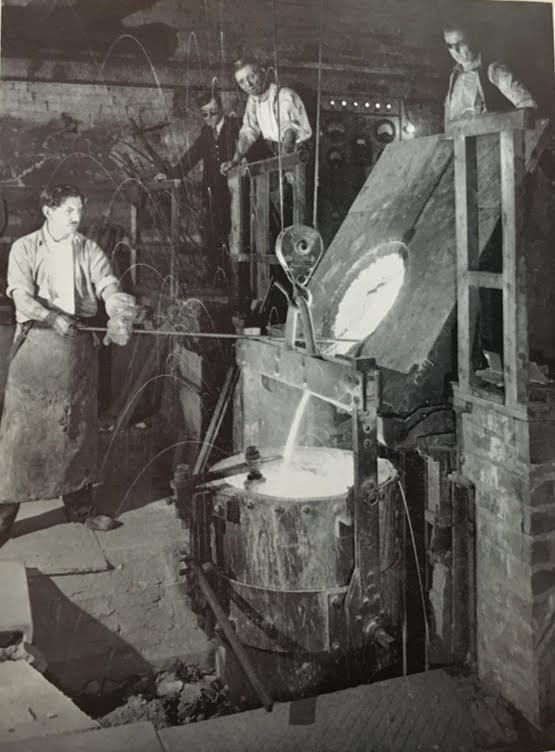
Crucible steel was still in demand well into the twentieth century, despite competition from the spectacularly successful (and much cheaper) large-scale production processes introduced by Bessemer and Siemens.
Enduring qualities
This account from 1905 describes a processes essentially unchanged since its invention over 150 years earlier, and still reliant on Swedish bar iron that had...
Crucible steel was still in demand well into the twentieth century, despite competition from the spectacularly successful (and much cheaper) large-scale production processes introduced by...
iron & steel
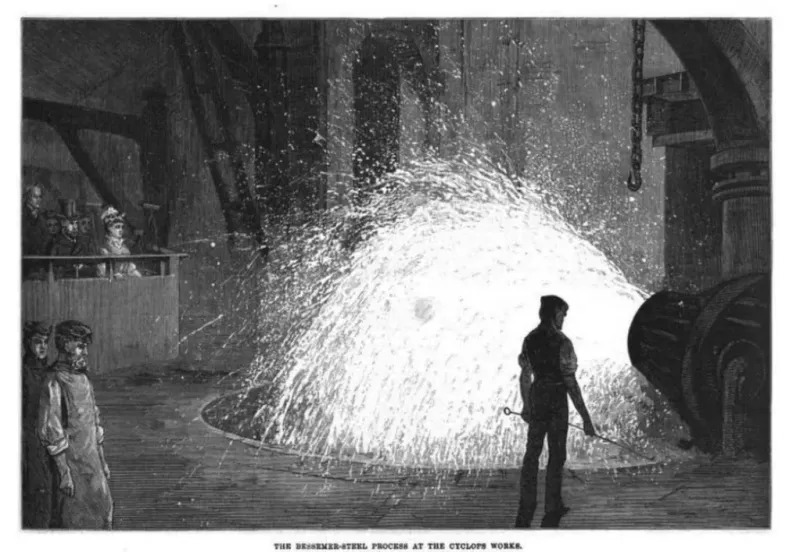 cyclops work
cyclops work
By the 1850s the demand for high quality steel – driven by the rapidly expanding railway, armaments and ship building industries – was beginning to outpace steel production capabilities. Within a decade the newly invented Bessemer process would slash costs and massively increase production, changing the industrialised world forever.
At this time the UK was the largest...
By the 1850s the demand for high quality steel – driven by the rapidly expanding railway, armaments and ship building industries – was beginning to outpace steel...
iron & steel
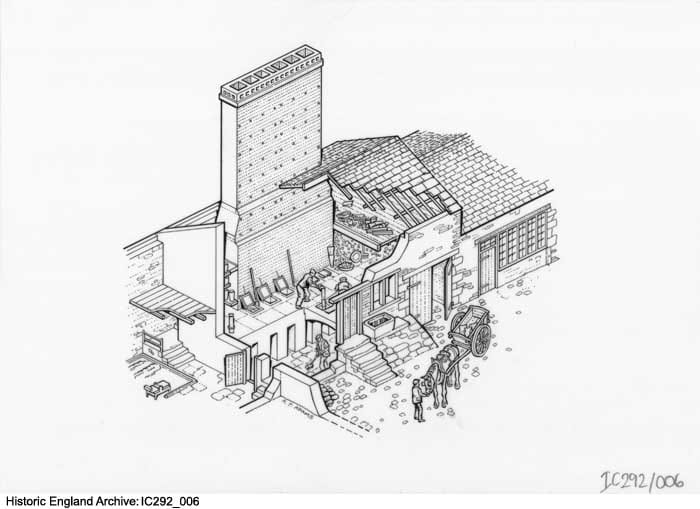
The crucible steel made in Sheffield maintained a reputation as the best steel in the world for nearly two centuries. This success was built on a combination of skill, quality raw materials and the commercial brilliance of the UK’s manufacturing heartlands of the 18th and 19th centuries.
The principle ingredient of Crucible steel was...
The crucible steel made in Sheffield maintained a reputation as the best steel in the world for nearly two centuries. This success was built on...
iron & steel
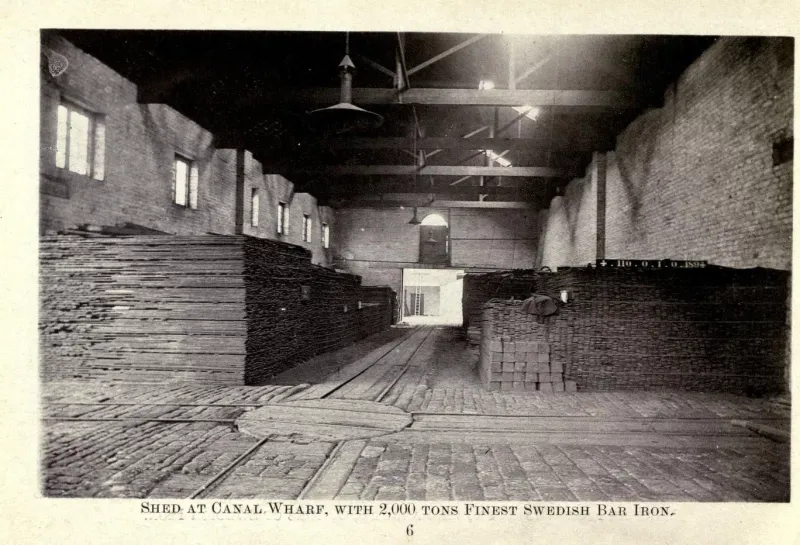
Bar-iron (also known as wrought iron) was the raw ingredient for creating a form of steel known commonly as blister steel, and blister steel was in turn the primary ingredient for the crucible steel used by Sheffield tool makers.
Steel is made by combining iron with small amounts of carbon. The puddling process used to...
Bar-iron (also known as wrought iron) was the raw ingredient for creating a form of steel known commonly as blister steel, and blister steel was...
iron & steel
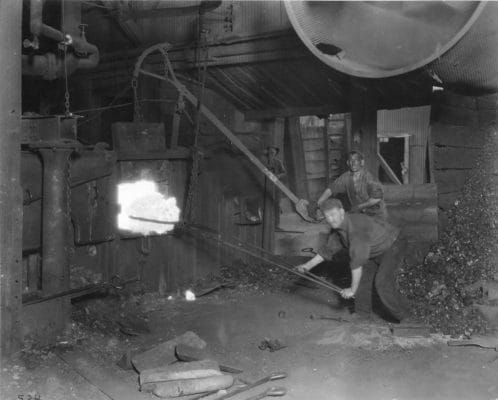
As discussed in the previous post, plane blades from the 19th century were typically made of a wrought iron backing with a hard steel bit welded to the tip[1].
To better understand the history of these and other edge tools created in this era we can take a look at the processes used to...
As discussed in the previous post, plane blades from the 19th century were typically made of a wrought iron backing with a hard steel bit...
iron & steel

If you pick up a wooden bench plane from the the last century (there are lots of them about still!) the chances are it will have a ‘laminated’ cutting iron (we are going to touch on some basic metallurgy with many mentions of iron in this post, so I will refer to them as ‘blades’...
If you pick up a wooden bench plane from the the last century (there are lots of them about still!) the chances are it will...
bench planes
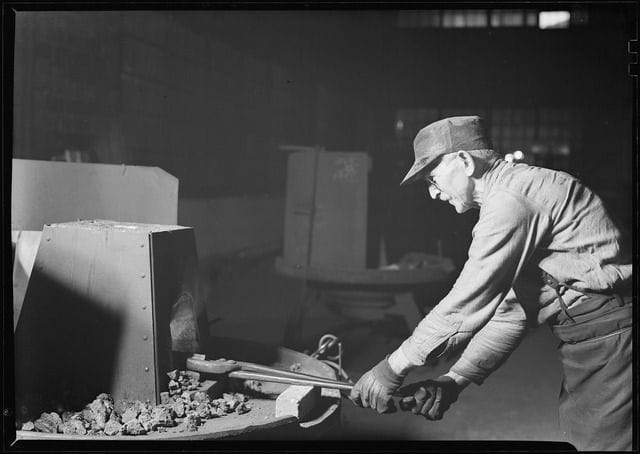
Makers of edge tools, including plane blades, need to be concerned about several different properties of steel.
Steel Properties
Toughness: This is the ability of the steel to deform without breaking, cracking or chipping. Materials that lack toughness are said to be brittle. Note that sharpening angles have an effect here – the narrower the angle...
Makers of edge tools, including plane blades, need to be concerned about several different properties of steel.
Steel Properties
Toughness: This is the ability of...
bench planes

From the time Leonard Bailey introduced metal planes in the 1860s until quite recently they were supplied with thin irons. On paper this is a good thing: thin irons are an improvement on thick ones in as far as they are cheaper to make – since they use less material – and are easier to sharpen because...
From the time Leonard Bailey introduced metal planes in the 1860s until quite recently they were supplied with thin irons. On paper this is a...
bench planes
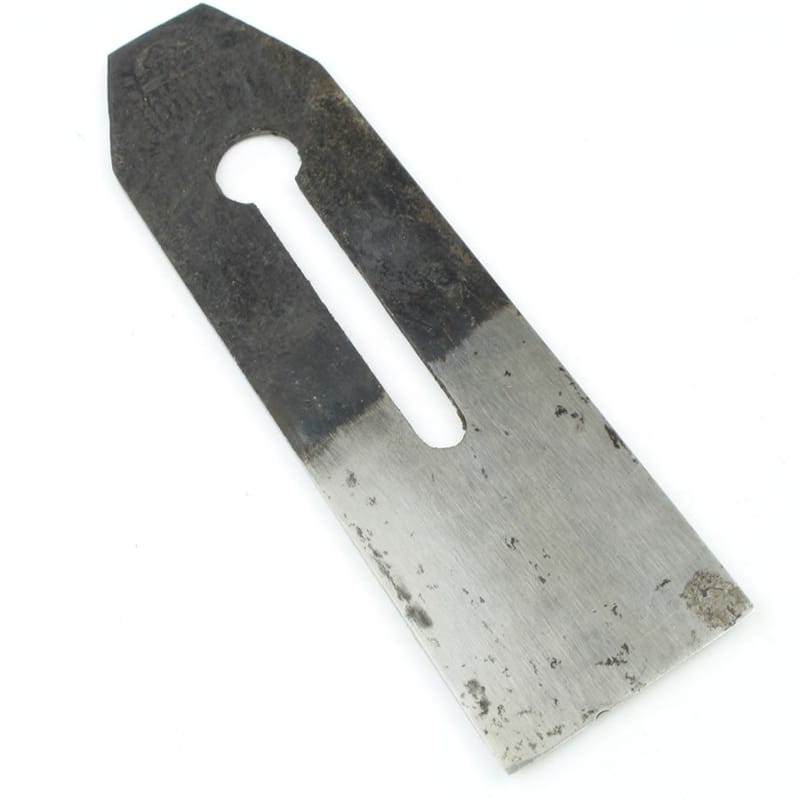
Although this article is about blades used in wooden planes there is an interesting parallel between the blade choices available to wooden plane users at the start of the 20th century and the choices facing metal plane users at the start of the 21st who must choose between thick vs thin irons.
Old wooden planes...
Although this article is about blades used in wooden planes there is an interesting parallel between the blade choices available to wooden plane users at...
bench planes












